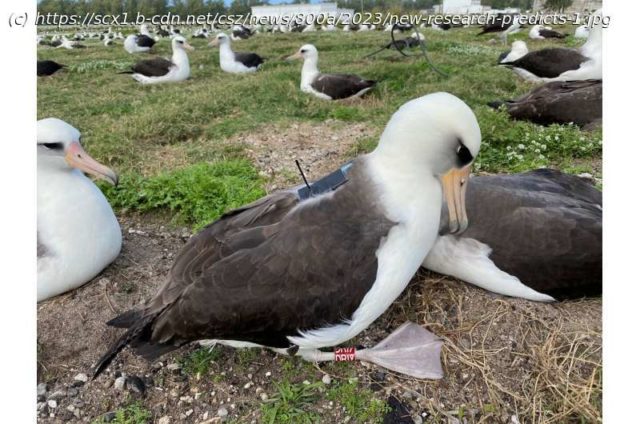Forecasts can now predict the location and onset of marine heat waves that can disrupt marine ecosystems. Scientists say the next step is to forecast what happens to top predators that inhabit those ecosystems.
Forecasts can now predict the location and onset of marine heat waves that can disrupt marine ecosystems. Scientists say the next step is to forecast what happens to top predators that inhabit those ecosystems.
New research published in Nature Communications finds that the effects on marine predators such as sharks, tuna, and mammals vary widely and can redistribute species across international boundaries. Scientists predicted these shifts using species distribution models that account for changes in temperature and other environmental conditions.
«The goal is to provide forward-looking tools to help managers think ahead about how species could redistribute during heat waves and how they may need to proactively adjust regulations to account for these shifts,» said Heather Welch, an affiliate researcher at NOAA Fisheries’ Southwest Fisheries Science Center, a project scientist at U.C. Santa Cruz and lead author of the new research. «Predators often support important commercial fisheries, so it’s important to understand how they respond to changes in their surroundings.»
Marine heat waves have become a regular occurrence in the eastern Pacific Ocean off the West Coast in the last decade starting with a massive heat wave around 2014 to 2016. Some studies suggest they may become more common and severe with climate change. NOAA Fisheries is increasingly pursuing «climate-ready fisheries» by developing management strategies that can adjust to changes in ecosystems and their inhabitants.






